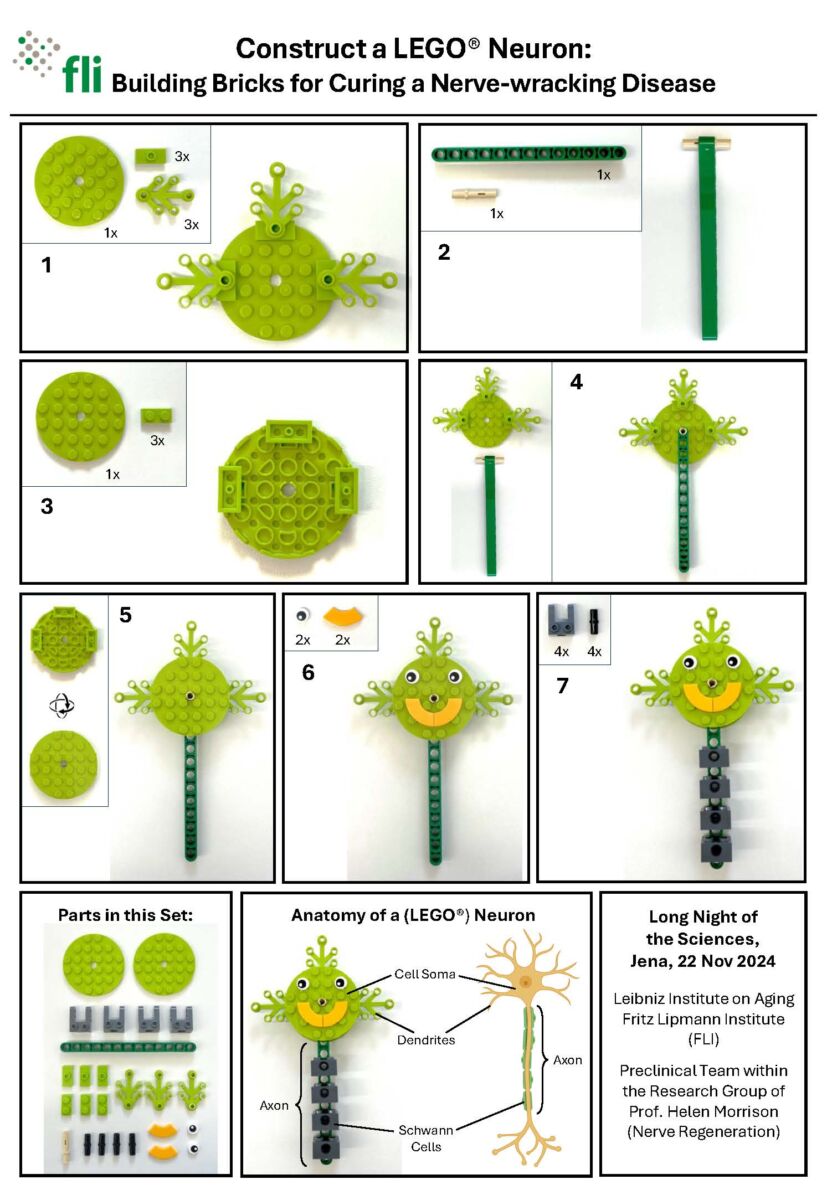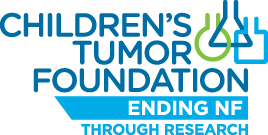The Children’s Tumor Foundation is proud to provide funding to Lars Björn Riecken, PhD, and Helen Morrison’s lab at the Leibniz Institute on Aging. Lars reflected on his team’s participation in “Long Night of Science,” a hands-on conference for the public, and how they made NF accessible and easy to understand. We are happy to share his article here.
On November 22, 2024, the city of Jena, Germany, was all about science. During the “Long Night of Science” event, research institutes, universities, and university hospitals opened their doors and research labs to the general public to provide exciting insights into their diverse scientific activities. During the increasingly popular biennial event, over 12,000 visitors engaged in more than 500 activities throughout the city, exploring current research topics in an interactive, informative, and meaningful way.
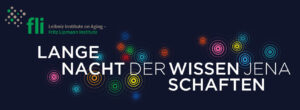
Lars Björn Riecken and his Preclinical Team took this opportunity to shine a light on NF research and amplify efforts to End NF. Lars’ team is part of Helen Morrison’s “Nerve Regeneration” research group and situated at the Leibniz Institute on Ageing – Fritz Lipmann Institute (FLI), which welcomed more than 1,400 visitors on November 22. The team’s work focuses on exploring and translating treatment options for NF2-related schwannomatosis (NF2-SWN) and potentially other types of NF. They take a broad methodological approach that encompasses the screening of delivery vehicles and molecular diagnostic solutions, as well as preliminary therapy approaches ranging from small molecule drugs to gene therapy.
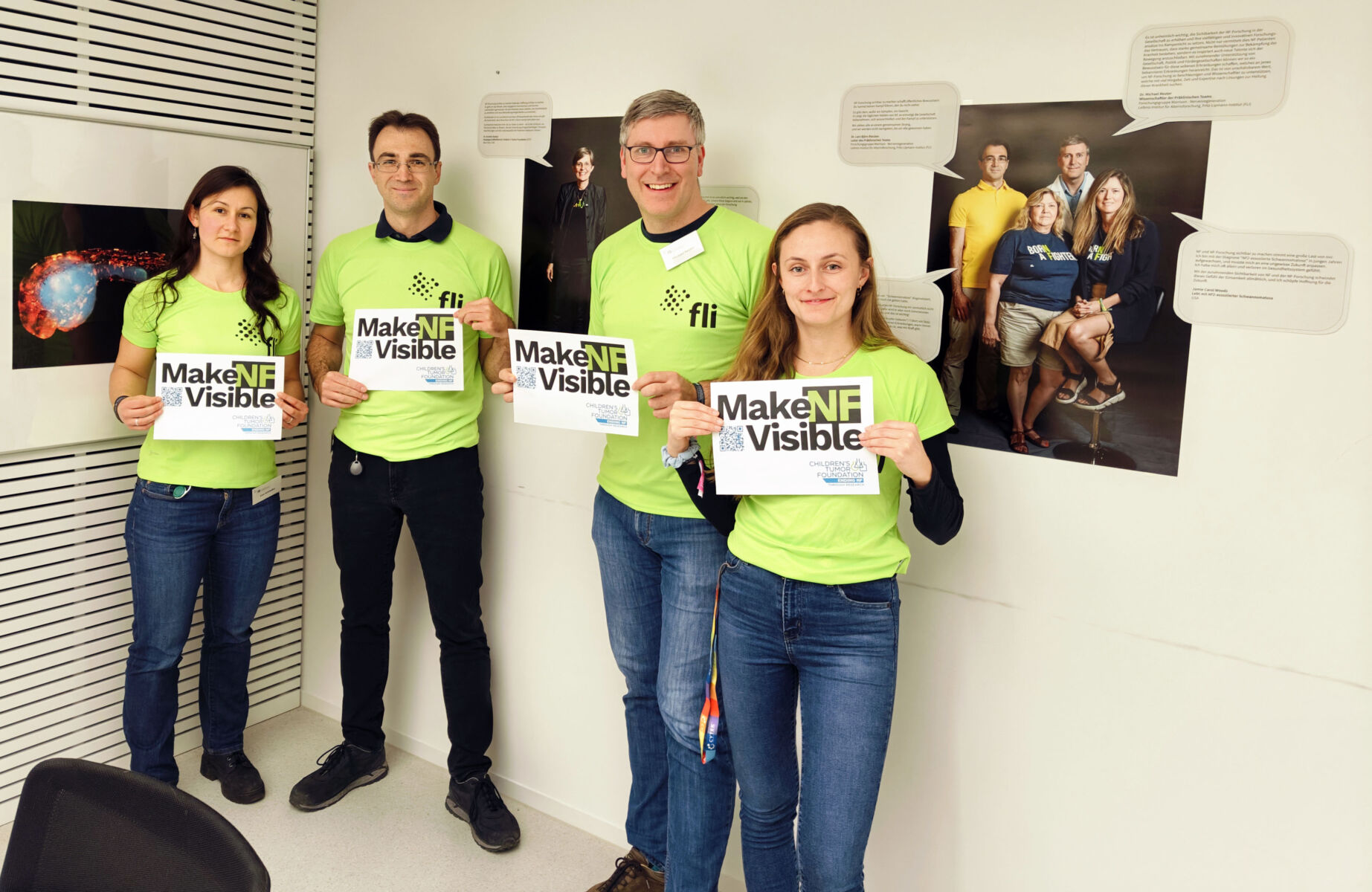
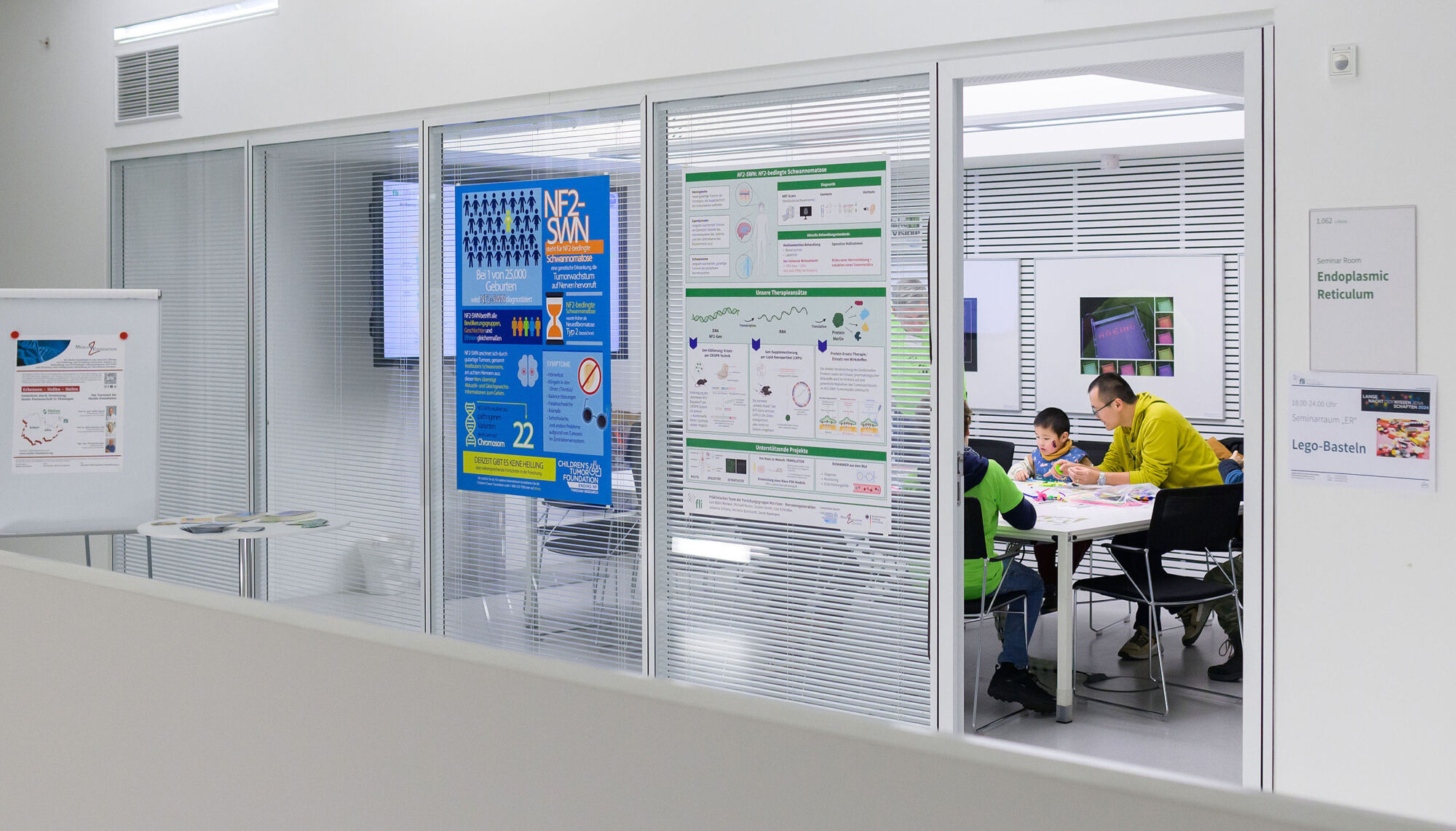
“There are many exciting scientific approaches on the way, and we really wanted to showcase our contributions in a way that everyone can understand, Lars explained.
“Therefore, we took a playful approach to attract people’s attention. We scoured our kids’ LEGO collections and developed a small set featuring a neuron (nerve cell) and its supporting Schwann cells. This also allowed us to explain in simple terms how neurons and Schwann cells communicate and what can go wrong when this communication is disturbed – when Schwann cells are no longer able to behave properly and start forming tumors (Schwannomas). And, of course, we tried to explain the various approaches we are taking to repair this system again, ranging from protein replacement therapies to gene therapy, so we can hopefully one day cure this disease for good.”
The best part about the event? Visitors got to keep their own LEGO creation, taking home a happy neuron and a better understanding of peripheral nerve pathologies.
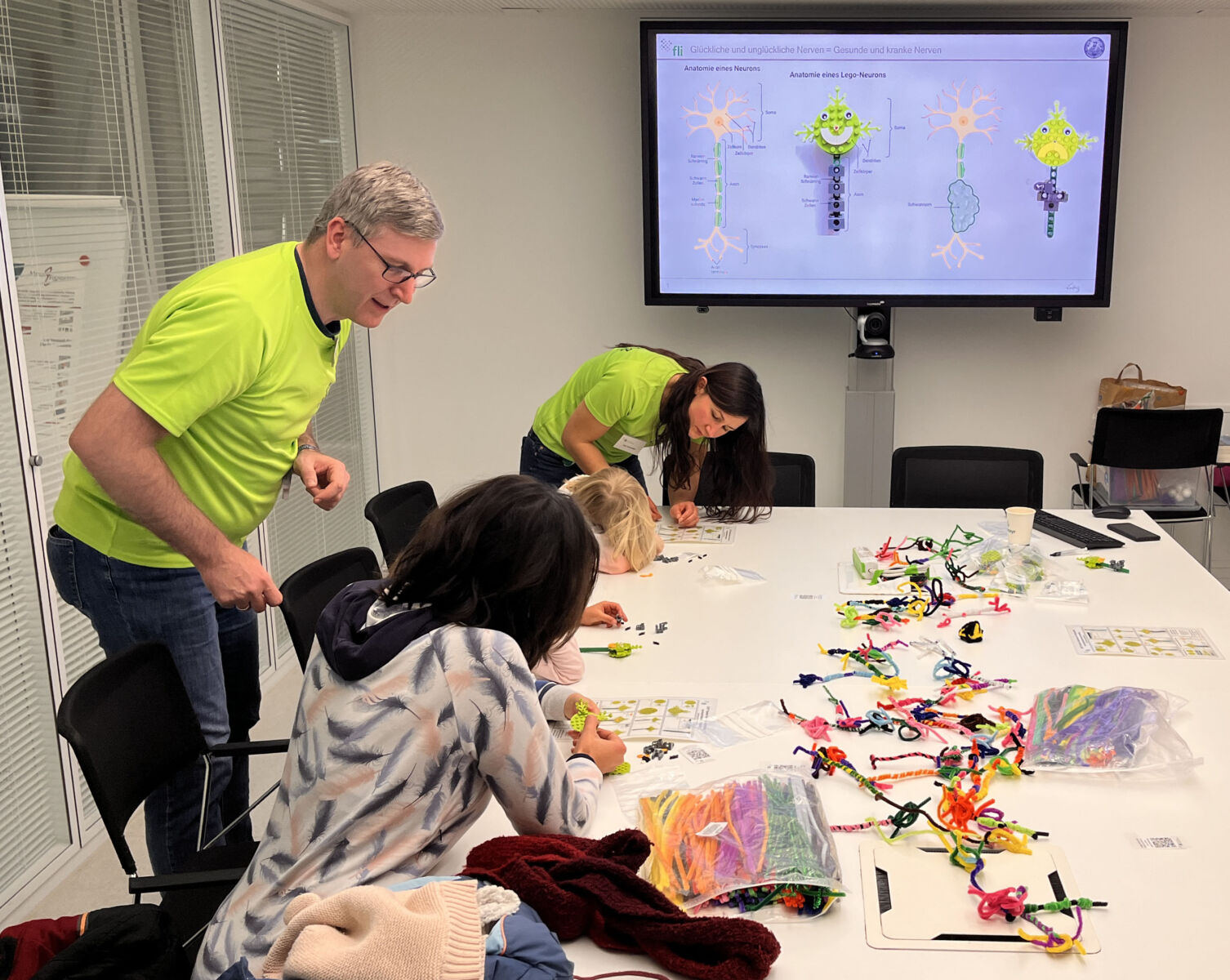
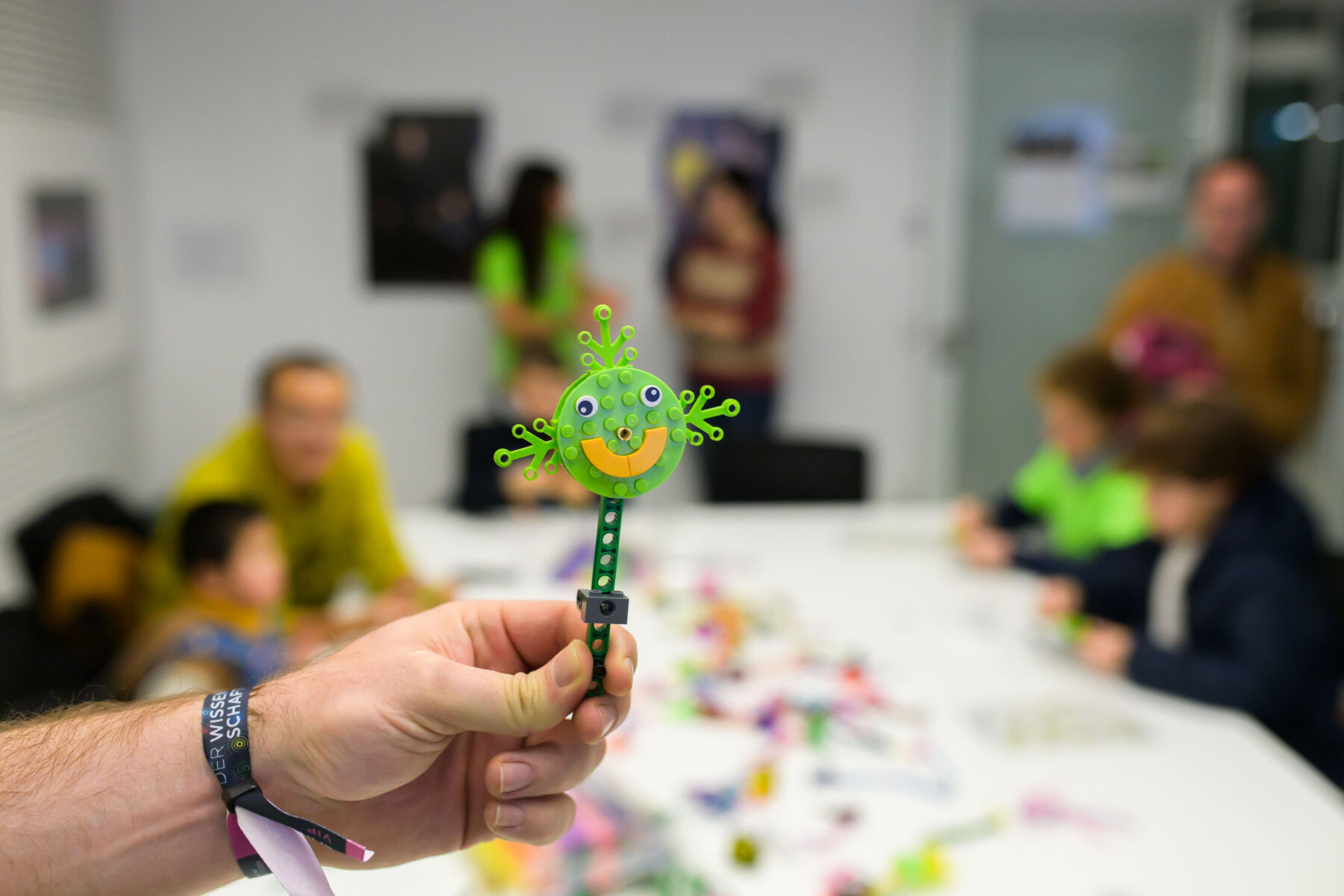
“We offered a similar activity (building LEGO neurons) two years ago, during the previous Long Night of Sciences,” Michael Reuter adds. “However, this year, we really wanted to take the opportunity to not only present our research but also highlight the reason we are doing this. We are part of a fantastic community, the NF family. We were deeply inspired by CTF’s Make NF Visible campaign, having had the honor to participate in the 2023 photoshoot. Meeting these people – patients, clinicians, fellow scientists – all working together for a common goal, to end NF, left a long-lasting impression on us that keeps motivating us every single day. I believe it is important to make NF visible, to shine a light on its daily heroes, to give hope to those affected, and rally everyone else to support the cause. And the feedback we received this night did a lot to reinforce this belief!”
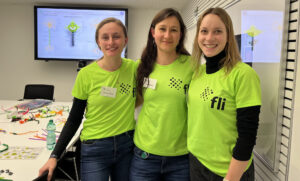 The Preclinical Team’s public outreach activity was supported by the Children’s Tumor Foundation and the German Merlin Foundation.
The Preclinical Team’s public outreach activity was supported by the Children’s Tumor Foundation and the German Merlin Foundation.
“The communication department of both foundations were really open and tremendously helpful when we approached them asking for posters, images, and more information. We are really happy to have these fantastic partners at our side, both at the national and the international level! It does make a big difference, and we are happy to fight alongside each other,” Lisa Schindler stresses.
Take a look at this CTF NF2-SWN Infographic that was translated into German for this event.
Johanna Schleep agrees, “This was a great experience, and we are looking forward to repeating it at the next opportunity!”
